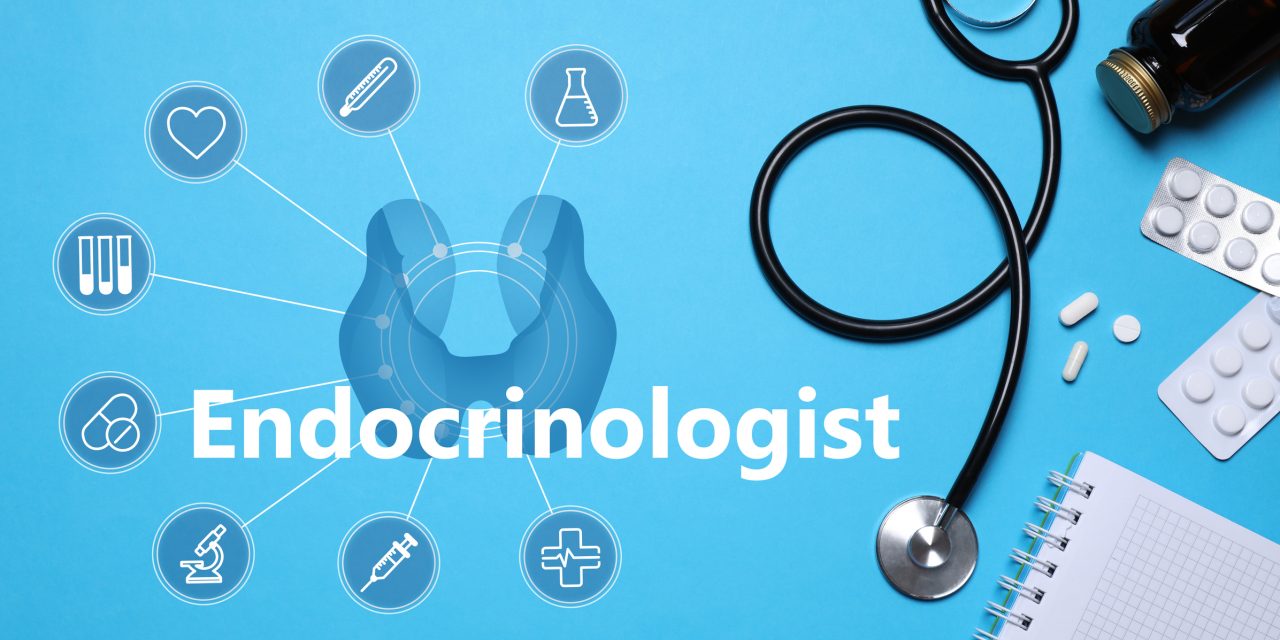We hypothesised that heifers and cows with positive genetic merit for fertility would have a follicular microenvironment that resulted in better quality oocytes. To test this, we compared cumulus cell-oocyte complexes (COC) and follicular fluid from preovulatory follicles of 36 Holstein-Friesian nulliparous heifers and 50 primiparous lactating cows with either positive (POS, +5%) or negative (NEG, -5%) fertility breeding values (FertBV). Established gene markers of oocyte quality were measured in individual cumulus cell masses and oocytes, and concentrations of amino acids, steroids, and metabolites were quantified in corresponding follicular fluid and plasma. The timing of visually detectable oestrus in NEG FertBV heifers was inconsistent with their stage of COC maturation. Retrospective analyses of oestrous activity data indicated that NEG FertBV heifers were sampled earlier. Their recovered COC were morphologically less mature and exhibited differential expression of genes that are associated with follicular maturation (lower levels of BMPR2) and protein processing (higher levels of HSP90B1). Despite consistent sampling times being achieved in the lactating cows, lower concentrations of serine, proline, methionine, isoleucine, and non-esterified fatty acids were present in follicular fluid from POS FertBV cows. This was associated with higher expression of gene biomarkers of good oocyte quality (VCAN, PDE8A) in COC recovered from POS FertBV cows. This study supports our hypothesis that the follicular microenvironment in lactating dairy cows with high genetic merit leads to COC with higher metabolic rates and oocytes of superior quality. Moreover, an additional stressor such as lactation is required for this difference to be pronounced.Copyright © 2021. Published by Elsevier Inc.
The microenvironment of ovarian follicles in fertile dairy cows is associated with high oocyte quality.


